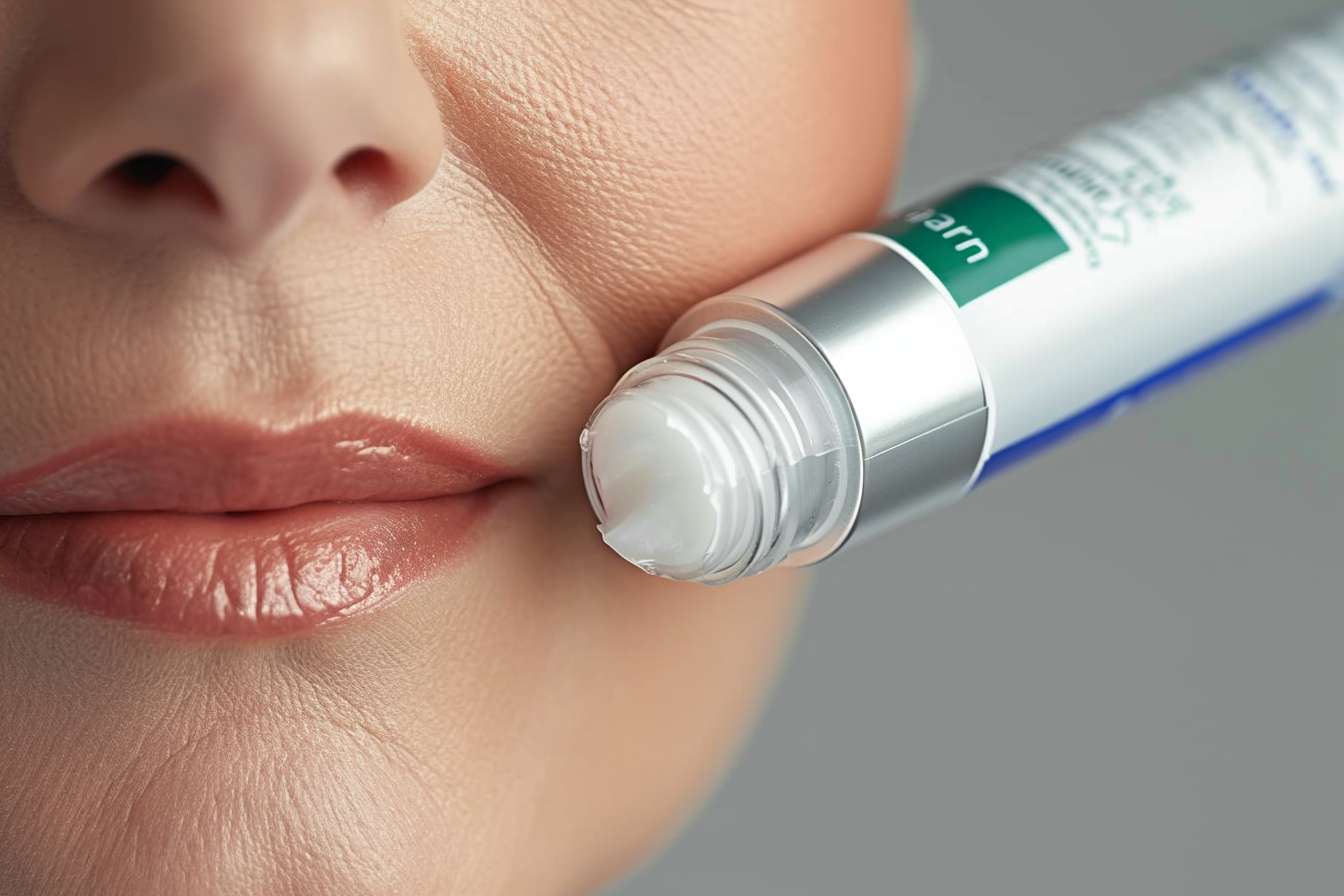Unveiling the Mysteries of Botox: Beyond the Wrinkle Fix
For years, Botox has been synonymous with cosmetic enhancements, often portrayed as a quick fix for age-related wrinkles and fine lines. Its popularity has soared, with millions of procedures performed worldwide each year. However, Botox's story is far more complex and intriguing than a simple wrinkle eraser. It is a tale of medical innovation, societal trends, and the shifting perceptions of beauty.

From Toxin to Treatment: The Unexpected Origins of Botox
The journey of Botox began with the discovery of Clostridium botulinum, a bacterium that produces botulinum toxin, in the 19th century. This potent neurotoxin, capable of causing paralysis and even death, was initially feared for its potential as a biological weapon. However, in the mid-20th century, scientist Edward Schantz saw potential in this deadly substance for therapeutic use.
Schantz and his team purified the toxin, creating a form that, when administered in precise doses, could cause temporary paralysis in specific muscles. This development opened the door for a range of medical applications, from treating overactive muscles in conditions like cerebral palsy to alleviating chronic migraines. The use of this treatment for aesthetic purposes emerged only later, forever redefining the landscape of cosmetic procedures.
The Rise of Botox as a Cosmetic Powerhouse
The cosmetic use of Botox began serendipitously. Ophthalmologist Dr. Jean Carruthers noticed in the late 1980s that patients receiving Botox for eye muscle disorders had fewer wrinkles around their eyes. This unexpected side effect sparked interest in the medical community, leading to studies on the potential of Botox for cosmetic purposes.
In 2002, Botox received approval from the U.S. Food and Drug Administration (FDA) for the treatment of frown lines, marking the official birth of Botox as a cosmetic procedure. The demand for Botox skyrocketed, driven by a growing societal acceptance of aesthetic enhancements and a desire for non-invasive alternatives to traditional plastic surgery.
A Cultural Phenomenon: Botox and the Beauty Ideal
The popularity of Botox reflects broader trends in societal beauty standards. The ideal of youthfulness, with its associated smooth skin and lack of wrinkles, has been a pervasive force in beauty culture. Botox, with its ability to temporarily erase the signs of aging, offers a seemingly straightforward path to achieving this ideal.
However, the reception of Botox is not universally positive. Critics argue that it perpetuates harmful beauty standards, pressuring individuals—particularly women—to conform to an unrealistic ideal of ageless beauty. Others raise concerns about the potential health risks and unintended side effects, from a frozen facial expression to serious complications like difficulty breathing.
Beyond the Wrinkles: The Expanding Uses of Botox
While Botox is best known for its cosmetic applications, its medical uses continue to evolve. It is used to treat a variety of conditions, including chronic migraines, excessive sweating, and certain types of bladder disorders. Researchers are also exploring its potential in treating conditions like depression and heart arrhythmias, underscoring the remarkable versatility of this once-feared toxin.
The Future of Botox: Innovation and Controversy
The story of Botox is far from over. Its popularity continues to grow, with new applications being explored and technological advancements making procedures more accessible and affordable. At the same time, the ethical and health debates surrounding Botox persist, reflecting the complexities of this potent substance and its role in our society.
Botox’s journey—from a deadly toxin to a widely used cosmetic and medical treatment—is a testament to the power of scientific innovation. It also reflects our complex relationship with beauty, aging, and the lengths we are willing to go to alter our appearance. As we continue to navigate these issues, the story of Botox serves as a fascinating lens into the intersection of science, beauty, and societal norms.



